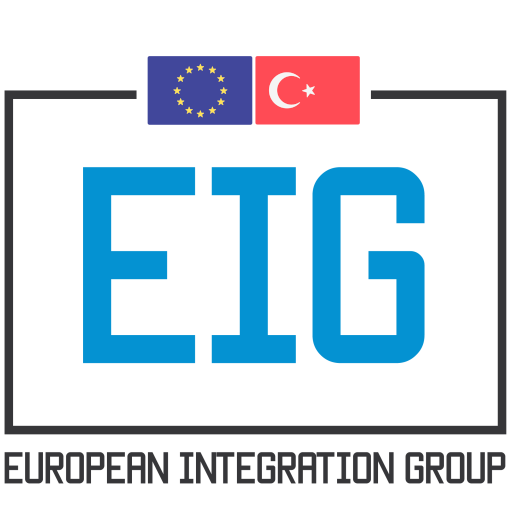Embracing Agility: EIG’s Bold Step Towards Organisational Transformation
Since October 2024, the European Integration Association (EIG) has begun a significant shift by adopting Agile principles to improve flexibility, transparency, and collaboration across its growing network of volunteers and youth-led projects. This transformation, guided by the Spotify Model, reshapes how EIG operates internally and delivers impact externally.


At the core of this shift is a move away from traditional hierarchical structure toward a more team-based system that prioritizes action, adaptability, and shared accountability. These self-organising teams are divided into Chapters, Squads, and Tribes.
Each Chapter has its own Chapter Lead and acts like a long-term skills-based community – something you belong to “for life.” For example, there are chapters such as Design, Finance, People & Culture, Legal & Policy, and Digital & Analytics. These chapters focus on developing expertise in their areas, but members can still work across different projects depending on what’s needed and what is in their interest to be rolled in any squad of thematic tribes.
Then there are the Squads, which are temporary and project-based teams. A squad brings together people from different chapters to work on a specific project. Each squad also has a lead – in this case called a Project Owner (similar to a Product Owner). So every time a new project starts, a new squad is formed by selecting people from relevant chapters.
Projects like @GoogleAI, @YouCycle, and @ThinkACT are good examples. These are all led by squads and are aligned with the EU Youth Goals. Each squad works like an autonomous team with its own objectives and timeline, but they all still contribute to the bigger picture.
Finally, we have Tribes. These group squads under common themes or goals. For example, the Digital Innovation Tribe currently includes two squads: one working on the Google AI project and the other on Virtual Leap. Both squads focus on different aspects of digital innovation, but they fall under the same thematic umbrella.
The transition from a variety of disconnected communication tools to Google Workspace significantly reduced confusion and improved overall coordination within the team. By centralizing our workflows through Google Drive, Docs, and Sheets, we are able to streamline task organization, enable real-time content creation, and ensure transparency through collaborative editing and change tracking. This shift not only enhanced productivity but also fostered a more structured and cohesive way of working across squads and chapters.
While challenges arise, such as shifting mindsets, balancing documentation, and defining decision-making responsibilities, EIG’s leadership stays committed. Regular feedback sessions, an Agile onboarding kit, and a deep-dive session in March 2025 ensure alignment and continuity.

EIG’s transformation is ongoing, but early outcomes already show promise. Task ownership becomes clearer, volunteer engagement rises, and cross-team coordination significantly improves. This transformation positions EIG not only as a youth NGO but as a forward-thinking organisation capable of thriving in complex environments.
“Agile is not just about speed; it’s about sustainability, clarity, and trust. We’re building a culture where young people lead with purpose and autonomy.”
Turgut Kaan Akkoca, Executive Director / Finance Chapter Lead, EIG
Samantha Stanova / Author
References (APA Style)
European Integration Group. (2024). Annual report 2024. https://eig.ist/wp-content/uploads/2025/02/EIG-Annual-Report-2024.pdf
Stanova, S. (2025). Agile transformation at EIG [Unpublished Research Note].
Suvvari, S. K. (2024). The role of leadership in agile transformation: A case study. Journal of Advanced Management Studies, 1(2), 31–41. https://doi.org/10.36676.jams.v1.i2.12
Nuottila, J., Aaltonen, K., & Kujala, J. (2016). Challenges of adopting agile methods in a public organization. International Journal of Information Systems and Project Management, 4(3), 65–85. https://doi.org/10.12821/ijispm040304





